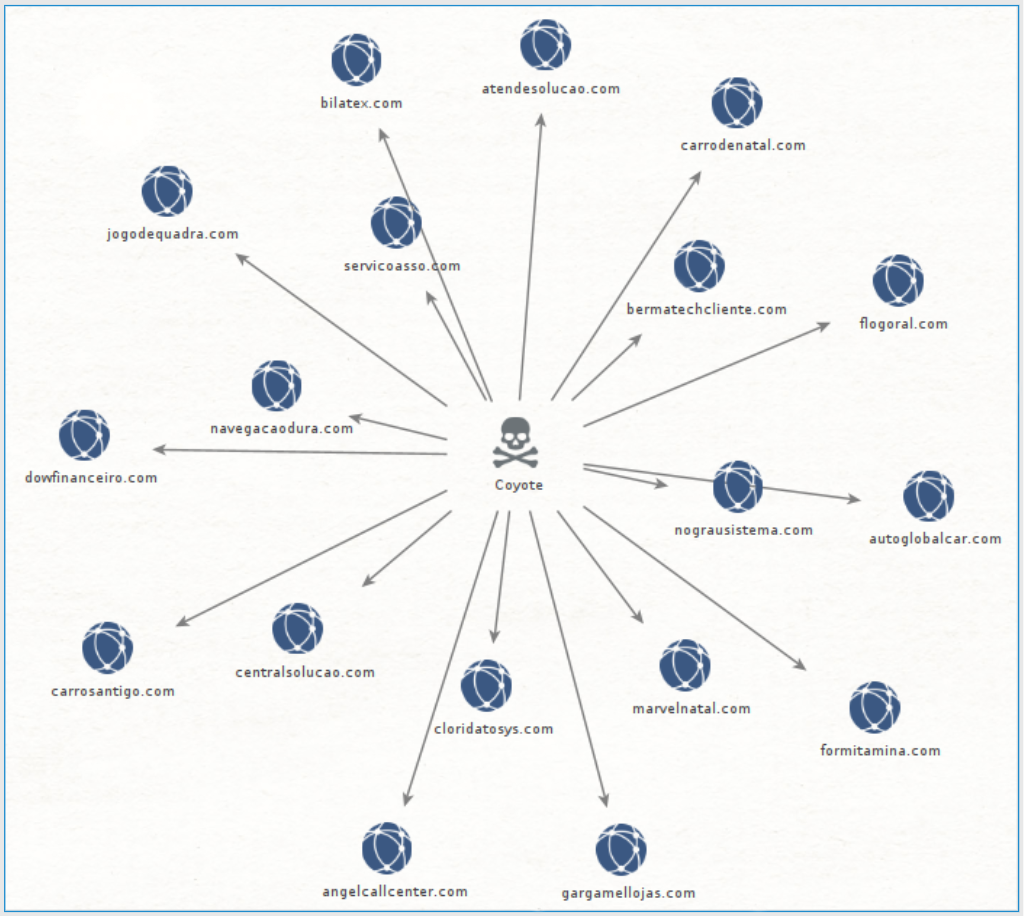096d7765f278bb0de33fbfa0a15413a2432060d09c99f15c6ca900a6a8a46365
9c6fc9e0854eaf5a0720caab1646f48c7992f6f4051438004598af89102a49eb
e0b65087cc83b899d53c153fcfd1420d15e369c3d196325396b50cb75681c27d
485c8bfae3e5c150012e1d630f5d9ae37b786d4b750a9a0adf2b174b7ab85c65
16cc13258a3e63be247c9adf18def0369bb72197bdb3668142bc50a6656047af
2bd6bbe48d0328e4011ce3053e616664a4eb2bf43bd5762cb03be297f786b068
287b39f40ed541585c968b6529c44e9ccdd899bca0b88457907d994c2b5013f4
341a1945f606bcf4c25bce9b850dbddc5125376156cb7f8d14c6ce6bc4b396c3
9160ca25889427b2c2da4d4b14c4a93a707efc2ce07a49d5b8ab1a7f9be8ab55
2d8b10e35c2c2d9675ec693558629450eeee2c8e38f491d38c42de96bddf317a
112edf53d4c560ab71f1b20856ec4d6096e0ea42b0271526b3415c3563300f06
3cbc282c6a51edff4e762267332e1ff2a503f7ba8a7b2a10c9ff404a7bda913b
aedffb9cf780bb52c68586ceb238fcaf90253524f06a4a338edc6437409e51c5
2b428df6f76d36ceeebfd37df65ab7893cb6f526afeb9e4494829628f0b9cae8
ae6676ad5b8ba386e88ae045eacc05225a657360963844cdf18db6a45318ea89
ce07ef596772e9cfa6f41000f27244f6f750527639a26c6be0b73033a8e41883
c0833babb2982e36ac7646f7539f6a235a42bcf5375bc080d3ac9d031dc3b903
d44f4db6680d178437e9cfba010ac049f80e5eddf43b3977da819119bb6ca06d
504a5902f20d0a7e3968251849cd88acd31e7fc895fc18d5c82076c5388df5bd
8e614368f99f955c75752df597f97de1dd51b4f0dfeeadc76e1badcc7ca57fc2
3cc58b46d0babd561508d7b67c609e0e9be9a35db9425f1e8a29512a5229665a
5656501522adfe1b08f58cccc1e187cbb7099ef1193a62edd5dfe0d32da4cd7a
fb8353e718397dcabd11d9bd8a500ffd54e2a57ac4722a34241757c60ba2bdff
ae65738fa81be0b2cfe2f63209db9ed5b928b4b5a1a703ce2a89699a6f192f07
5b3421beb6aaf3fd16831e1456475acac4f8e7c863869fb4d5dc9b1ae0576ef3
6b7a014d0674fe5f145aa2c5dc7674d42e5306d82c3fe7ab0235dcbfd559725f
d96c3e8dc899948bf92c377bb4872b19b5983b6eb2d59f00019345293601843c
2a54b7f1327398ccd1c538759201e8699dfad7c53e8e095ea782d862ec48cb92
90ffb18c9d05bf6a61d90c57f299b70702c0e65dac90349b06d5e6833d6d2612
4869fcfda9be32f3cdd48c21bda07aefde496c5f06f235f33ce948169e9744e5
3edcf6a6b6cb254f72f0f2607fa4bb2ecb604475b448c9487e89fc76eb8f896e
a0d2c87f4ed6522fdcd8c8d234dca9c7e8831de5faa9445275405ddd0a9104cc
6da5f450f3124e30e8091fda443cb416d29eab4e166a777263e004758acf2e69
10af5c8950b8802851afe96b423d20408b618f80ab54c1a5aef0f1a04c36f331
f6ed73bed9e6b992dbfdee64ff8c9dfde5e3f12c3ec6bbb4e2367fbd2ce75b6f
1ba49976a6e596abb68e2f7ca37407930330a4bf0bd25207057c5a60cb3a4107
798fb8de9bb0434ee0b172793f5b68eb593054538cf5ec96e71a5a0759f6bcc5
c057145da9481a4fff50e69b7e746c19cc95e2d33331539b6b62077169bc4b42
fcb8f32502147dbf8ef44ad99a41d9eaf639bb3d22c4de92a3022f501c9d8cb6
0dea05062d6527ab03f80de87488d278dd333167cdabdf5ef28da760bf252863
3a14ab878697453832306a836e67915d7475481307c65268ceb1f900ff4ec25a
|






